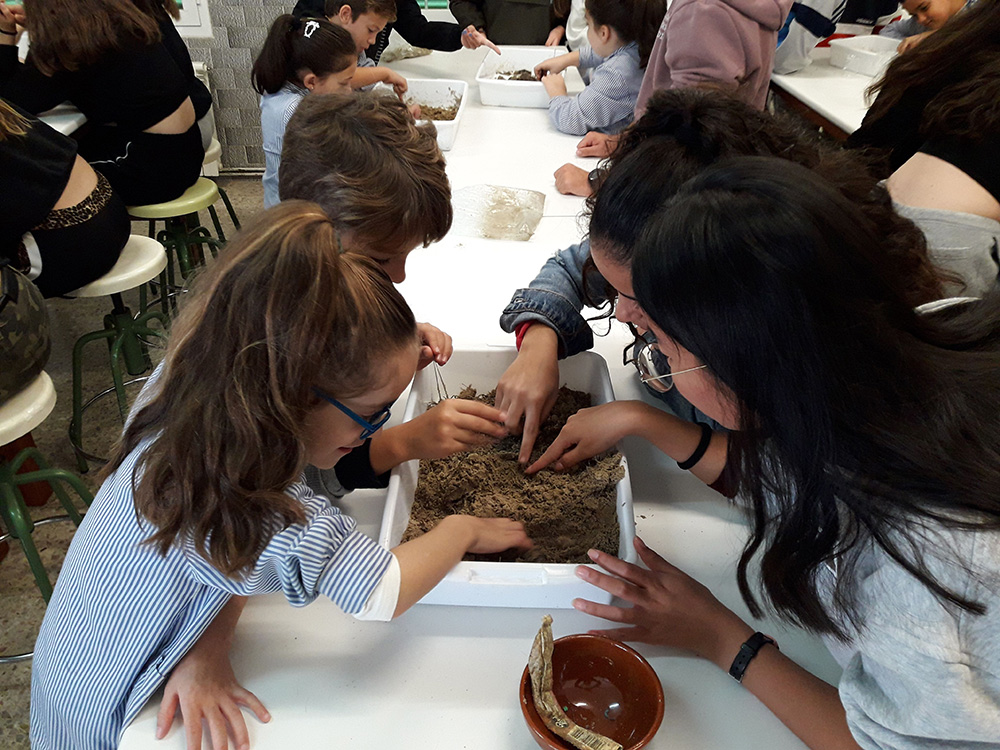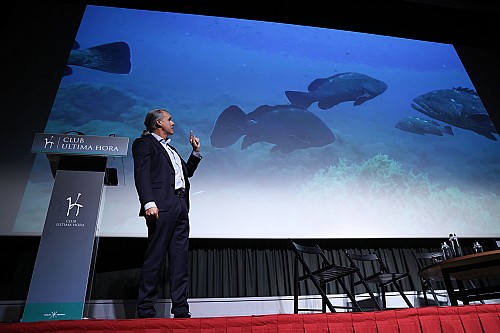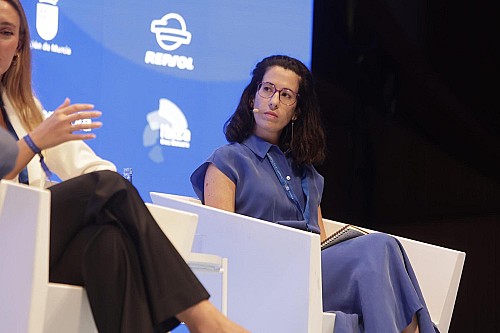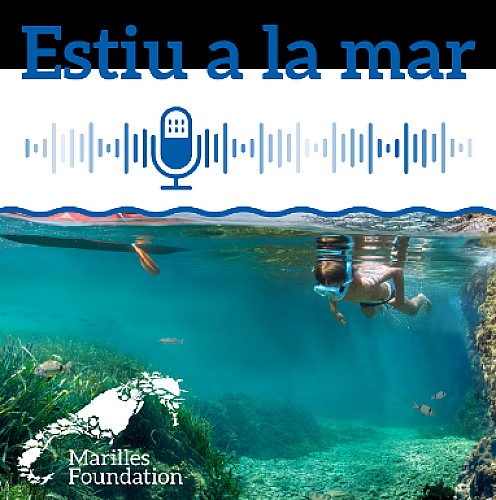Faced with 'fake news': Citizen science
Sandra Espeja, coordinator of the Citizen's Marine Science Programme in the Balearic Islands
Article published in ARA Balears on 14/08/2020
In this era of disinformation and fake news, the saying "Don't believe everything you hear, and only half of what you see" takes on greater meaning than ever. It has always been difficult to distinguish what’s real from pure invention, which is why knowledge and scientific rigour are becoming increasingly important. But, however much knowledge is generated, if it only remains in the realm of science, what use is it to us as a society? Knowing how to transmit knowledge, both to citizens and institutions, is essential.
Citizen science is the perfect vehicle for unifying the scientific world with civil society, and can provide a lot of useful information to administrations. Today, one of the ways we can contribute is via Sea Observers, a web platform where you can include your scientific findings while waiting for experts to validate what you have photographed. There are many other similar projects out there, but this is a highly recommended option because it has a relatively long history (it was born in 2012) and is generated by leading scientific and public institutions, such as the CSIC, the Spanish National Research Council. Through citizen science, each one of us is a co-creator of information: we see a species, photograph it and upload it onto the www.observadoresdelmar.eswebsite.
A good observation can really make a difference, especially in the sea, where there are obvious difficulties in studying the environment. Every gaze is unique. But, as I mentioned earlier, we should only believe half of what we see. And, in this case, the “other half” can be the experts whoauthenticateour information. This doesn’t happen in all portals; but, at Sea Observers, more than seventy national and international scientists validate each of the species that have been identified.
In this exchange between the scientific community and the public, we have a win-win situation: on the one hand, researchers feed more data into their studies; on the other, people learn and, at the same time, have the satisfaction of knowing that their contribution will serve a purpose — a considerable achievement in this day and age.
The most important element, however, is that all this knowledge, created by scientists with citizen input, is not only reflected in articles, journals, posters and conferences. WE MUST – yes, in capital letters – pass on this information to the public administrations that take management decisions. This transfer must be immediate: if not, decisions will be made with information that’s outdated or, even worse, based on urban legends, rather than empirical evidence.
I truly believe that, in the face of the disinformation created by an excess of information, it’s better to be part of the process of creating something and have the experts confirm it; and that, if we are aware of a situation and its possible solutions, we can, as a society, influence management actions.
Marilles in the media
- 09/03/2025 Diario de Mallorca: "El necesario cambio de rumbo de la mujer en el sector del mar"
- 23/09/2023 Crónica Balear: "Éxito total de la primera edición de la 'Vuelta a Sa Porrassa a Nado' en la playa de Magaluf"
- 13/09/2023 elDiario.es: "Las altas temperaturas amenazan los corales, el hábitat del 20% de las especies del Mediterráneo"





